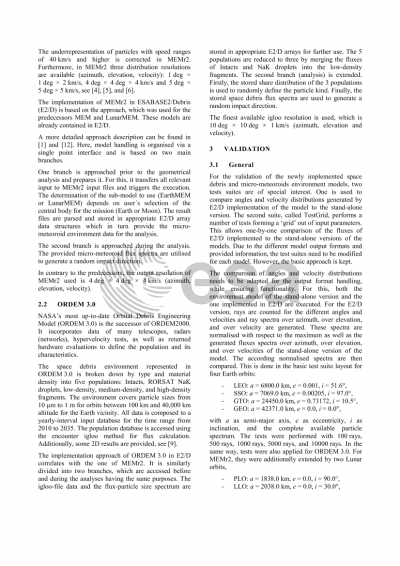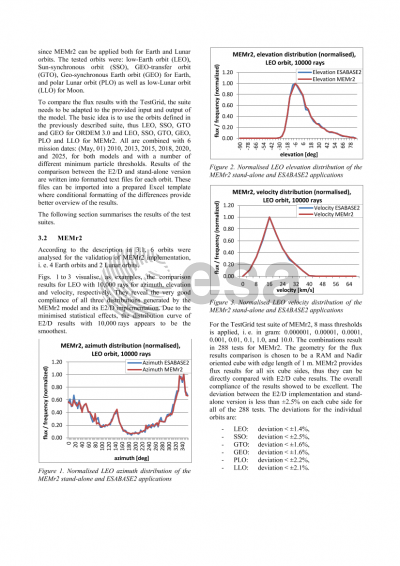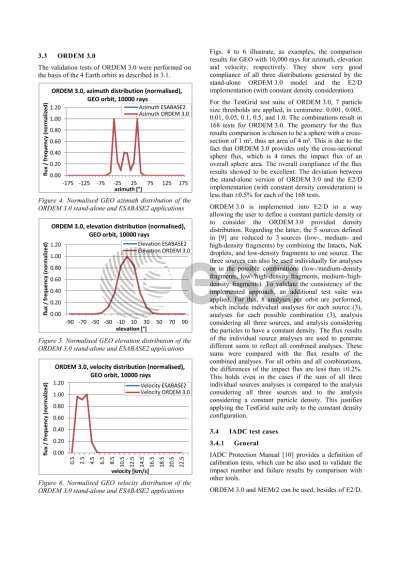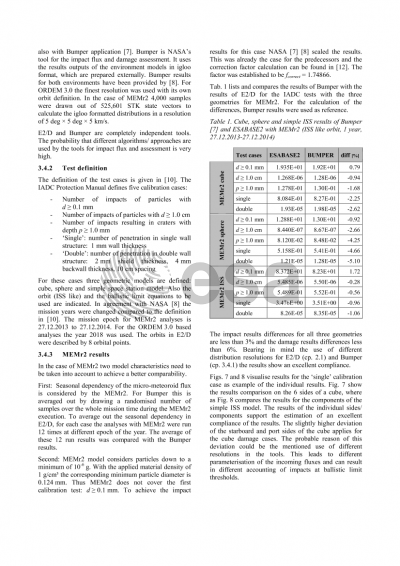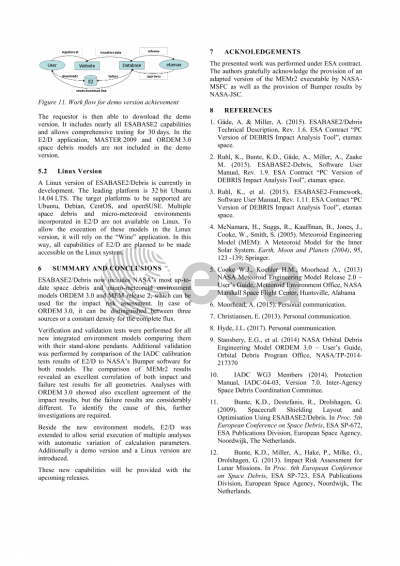Document details
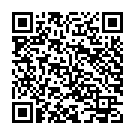
Abstract
The space debris and micro-meteoroid environment poses a considerable risk to spacecraft, as e.g. the collision avoidance manoeuvres of the ISS underline. Satellite operators and designers are interested in the success of their missions. To ensure this, also the risks affecting the spacecraft survivability need to be assessed. Due to the steadily growing amount of artificial objects in the Earth vicinity, the importance of the assessment of effects induced by space debris impacts is also steadily increasing.
ESABASE2/Debris is ESA’s tool to assess the probability of space debris and micro-meteoroid impacts and failures on spacecraft, thus a tool for exactly this impact risk assessment purpose. It includes a high variety of capabilities, such as 3D modelling with pointing and kinematics definitions, consideration of different space debris and micro-meteoroid environment models and various particle-wall interaction models, to allow an effective impact risk assessment.
Different models exist, which describe the space debris and micro-meteoroid environment, e.g. ESA’s MASTER models or NASA’s ORDEM models for space debris, and the Grün model, NASA’s MEM models or the Divine-Staubach model for micro-meteoroids. Over the time new models are developed, existing ones are updated based on new findings, newly available data and taking into account new events. To consider these recent developments and thus to reflect the current understanding of micro-particle populations it is important to use the most recent models in the risk assessments. Recently, ESABASE2/Debris has been updated, implementing NASA’s most up-to-date space debris and micro-meteoroid models ORDEM 3.0 and MEM Release 2 (MEMr2). Furthermore, ESABASE2/Debris has been extended to allow for the automated variation of calculation parameters in a so-called scripting mode and the serial execution of multiple calculations in the so-called batch mode. Additionally, the software distribution approach has been updated and now supports the provision of a demo version.
The main topic of this paper is the implementation of the ORDEM 3.0 and MEMr2 models as well as the respective validation. Additionally, an overview of further capability extensions (scripting mode, demo version) and ongoing/planned developments (ESABASE2/Debris Linux version, implementation of the upcoming new version of MASTER, provision of a results processor) is given.
Preview

